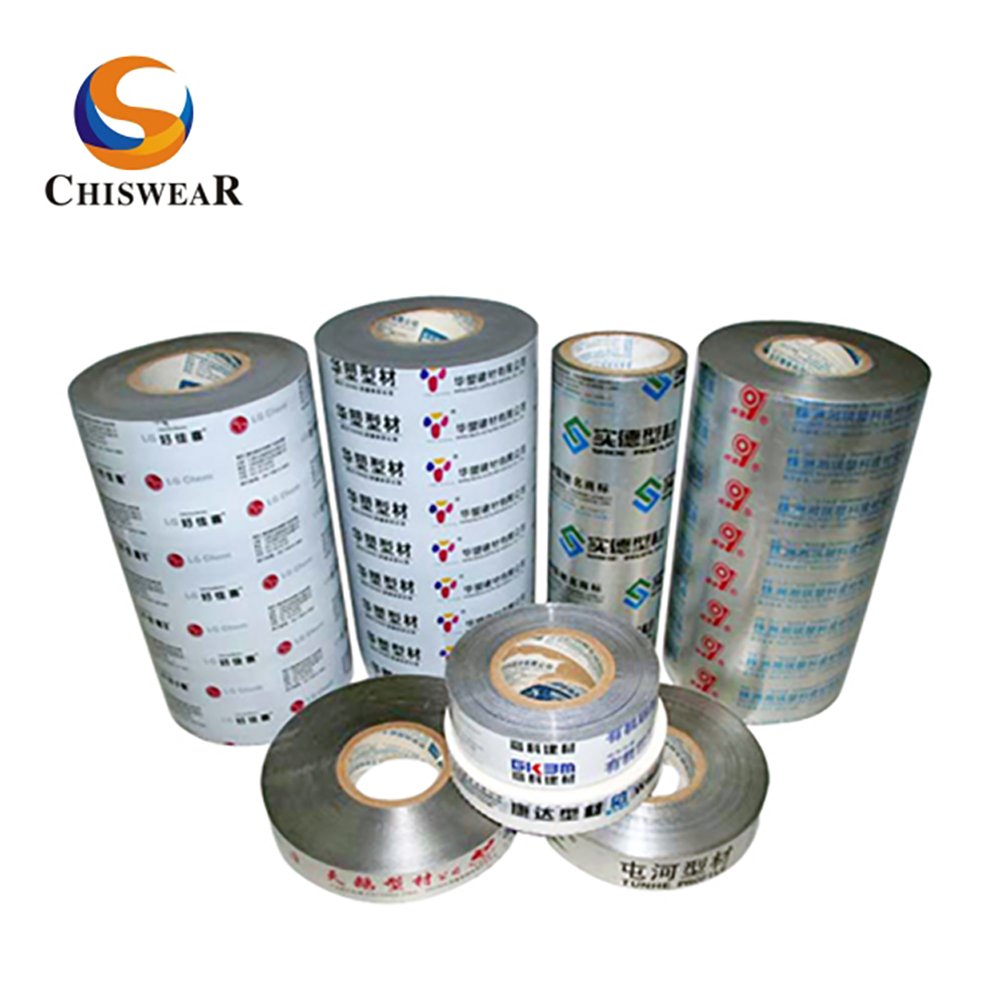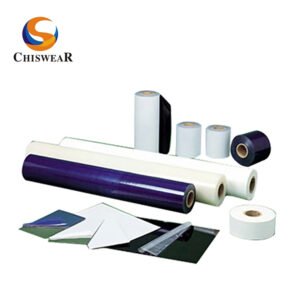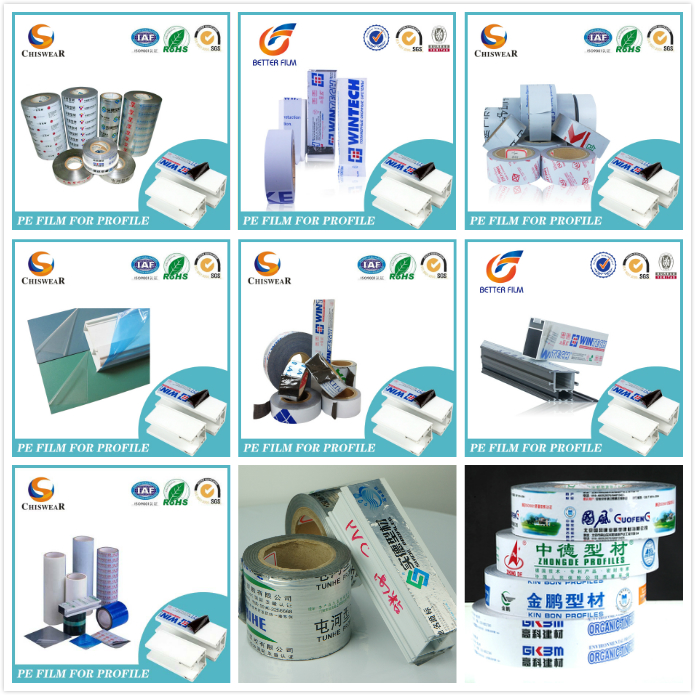Table of Contents
- Raw Material Procurement
- Blown Film Process
- Corona Treatment Technology
- Efficient Printing Process
- Lamination Protection Layer
- Precision Glue Coating Techniques
- Drying and Curing
- Rewinding and Slitting
- Final Inspection and Packaging
- Conclusion
- References
Meta Description
Comprehensive guide on PE protective film production, covering processes from raw materials to packaging. Learn how advanced technologies ensure quality, durability, and efficiency.
Body
The polyethylene protective films are amongst the most widely used ones for protecting literally everything. These protection films are meant to protect all types of surfaces from dirt, scratches, damage, UV exposure, and wear due to excessive use.
PE films are widely used in various industries. For example, in the construction industry, they are used to safeguard doors, windows, and floors. In the automotive industry, these films are used to protect the interior as well as the exterior against scratches during manufacturing, storage, transportation, and assembly. Similarly, these are also a good choice for surfaces like glass, plastic, metals, wood, and others. Even rugged and textured surfaces like leather can benefit from PE films.
Since these are used for a whole range of surface types, the PE protective films are manufactured with the desired traits depending on their intended traits. For example, the foremost stage of resin selection involves selecting the appropriate resin like LDPE or HDPE depending on the desired flexibility. From extrusion to coating, curing, and cutting, these films undergo a number of processes completed using advanced manufacturing techniques and cutting-edge technology.

Raw Material Procurement
Material selection for PE films ultimately decide the traits it possesses. The properties like transparency, flexibility, and durability are dependent on the material selection. For example:
· Transparent Plastic Pallets
It is the PE resin resin and it has two main types:
- Low-density polyethylene (LDPE) is used for applications where flexibility is the main trait needed.
- High-Density polyethylene (HDPE) is used to make highly durable and rigid films.
· White Masterbatch
White masterbatch is made by combining the PE resin with titanium dioxide or other pigments to give a translucent or opaque film. It is used where the purpose is to restrict the exposure to light and UV rays and transparency is not intended. One of the industries where these films are most commonly used is the automotive industry where the windows need to be opaque for privacy and where the parts are to be protected from UV exposure.
· Black Masterbatch
It is made by combining the PE resign with black pigments or carbon black. The black masterbatch is used where rigid, durable protective films are needed with a high degree of UV resistance. It is ideal for protecting the surfaces that are to be used outdoors for extended period.
Blown Film Process
It is a common extrusion process that produces high-quality, consistent PE films. Here is how it works:
- It starts with feeding PE pallets of your choice into an extruder to heat them until they attain a molten form.
- A circular die converts this molten mass into a tubular film.
- It is then blown into a bubble by pushing air into the tube. the bubble is blown to an extent that the desirable thickness of the film can be attained.
- The cooling process then starts and it is ensured that the bubble is cooled evenly to avoid irregularities in the solidified film.
- The rollers are then used to flatten the bubble.
- The flattened film is then cut and rolled for packaging.
The extrusion of the transparent PE Pallets is sometimes done after adding anti-static agents to the film to make sure it does not attract dust and other pollutants. Moreover, during the blowing stage, the cooling process needs to be relatively more precise for these films as the defects will be more visible in transparent film. The black and white films are usually heated to comparatively higher temperatures during extrusion so that the pigments get mixed properly.
Corona Treatment Technology
It is a treatment to enhance the surface energy of PE films so that the inks bond strongly to them. This treatment works by creating an electric field i.e. corona by using electrodes on the PE film’s surface. It increases the surface energy to the extent that the inks and other coatings adhere strongly.
The corona treatment helps avoid ink smudging or uneven spread due to improper wetting. It helps in the even spread of inks and hence enhances the quality of printing as the peeling of ink can be controlled due to tight binding to the surface.
Efficient Printing Process

The multicolor printing involves plate making for efficient printing. These plates are used to transfer the ink to the PE film. For each color, a separate plate is made and these colors are applied in multilayers to produce vibrant finishes.
Three of the most common techniques used for plate making are flexographic, gravure, and offset plate making. Requiring a separate plate for each color means significantly higher costs for the entire printing process. so, it isn’t feasible for shorter runs and hence digital printing is used for them. However, for longer production runs, plate-making provides a quality-oriented and feasible solution.
Lamination Protection Layer
A protective thin layer is applied on the printed surface. The purpose of this lamination layer is to protect the printed PE film against scratches and peeling while adding to its durability.
It helps act as a barrier against damaging agents like moisture, dust, abrasions, and chemicals. Moreover, it helps provide protection against UV exposure and add to the aesthetic appeal of the film.
However, not every laminate is a suitable choice for PE films. The criteria for selecting appropriate laminate depends on some factors.
- The laminate should be compatible with the PE surface. Those with corona treatment are preferred because PE surfaces have low energy.
- Moreover, if the selected laminate requires heat treatment, PE film should be capable of enduring high temperatures.
- For outdoor use, nylon laminates, or those with anti-UV additives are preferred.
- Anti-scratch laminates like BOPP are preferred for PE films that are used to secure goods during transport.
- Only transparent laminates are used for printed PE films.
Precision Glue Coating Techniques
- Glue coating starts with preparing the surface through corona treatment so that the glue sticks well to the surface.
- Water based or Pressure Sensitive Adhesives are then selected and viscosity is decided depending on the surface type.
- Adhesives are then applied using gravure coating for complex patterns, slot die for large-scale manufacturing, or roller coating for speedy and thicker coatings.
- The films are then dried and cured.
Appropriate selection and optimized application of adhesives is significant for the performance of the film. These factors decide how well the film sticks. It helps avoid peeling, tearing, degradation, and clean removal without leaving residue.
For black and white films, the adhesive needs to be applied properly on both the inner black layer and the outer white one. Moreover, adhesives used with these films are often made by adding ant-UV agents because these films are intended for outdoor use. Similarly, these adhesives particularly should be resistant to heat and humidity.
Drying and Curing
An efficient drying process is essential for ensuring better performance by the film, it helps avoid sticky and wet adhesive and improves its overall bonding strength. It is indeed a crucial step as it decides how well the adhesive performs. The issues like lifting of the film and residue upon removal are a common result of improper or uneven drying. Here is how to avoid them:
- Using precisely controlled temperature reduces the risk of degrading the adhesive and making it too sticky because of overheating.
- For UV adhesives, curing needs to be timed properly for ensuring long-term performance.
- The thickness of the adhesive should be uniform to avoid uneven application.
Rewinding and Slitting
The film is finally rewinded and slit according to the dimensions provided by the client and packaged at the final stage.
- Rewinders roll the large film into smaller rolls that can be stored and transported with ease.
- These rewinders play a crucial role of maintaining tension in the film to that it doesn’t wrinkle or misalign.
- Another standard to be followed during rewinding stage if to ensure evenly layered rolls. There should be no trapped air bubbles or tighter spots as it can ultimately affect the performance of the film when unrolled.
- Cutting and slitting needs to be done with precision to ensure that the final film rolls meet the exact dimension requirements by the client. When the width is not according to requirements, it can effect the usability of the film.
Final Inspection and Packaging
This final stage helps pinpoint the defects in the film rolls and remove inconsistencies to make the final product in line with the customer’s demands. The final inspection stage, when done rigorously helps avoid returns and low-quality products.
- The process involves a visual inspection to look for defects like bubbles and misalignments.
- Dimensions are rechecked. Thickness is measured and width should be according to the client’s instructions.
- Tests are performed to check the strength and adhesion of the film.
Conclusion
In conclusion, the comprehensive production of PE protective films involves precise processes from material selection to final inspection. By adopting technological advancements, such as automated extrusion, corona treatment, precision glue coating, and multicolor printing, manufacturers can enhance efficiency, reduce defects, and deliver high-quality, durable films tailored to specific needs. Emphasizing quality control at every stage ensures reliable products that meet customer expectations. As industries demand more innovative and sustainable solutions, integrating modern technologies into PE film manufacturing becomes crucial for staying competitive and delivering long-lasting protection.
References
- https://www.britannica.com/science/polyethylene#:~:text=Polyethylene%20is%20a%20member%20of,bottles%20and%20automobile%20fuel%20tanks.
- https://chidecor.com/product-category/protective-film/
- https://chidecor.com/product/pe-aluminum-film-for-pvc-profile/
- https://www.sciencedirect.com/topics/engineering/corona-treatment#:~:text=2.3%20Corona%20Treatment-,Corona%20treatment%20is%20a%20surface%20modification%20technique%20that%20uses%20a,2%3A%20Roughening









